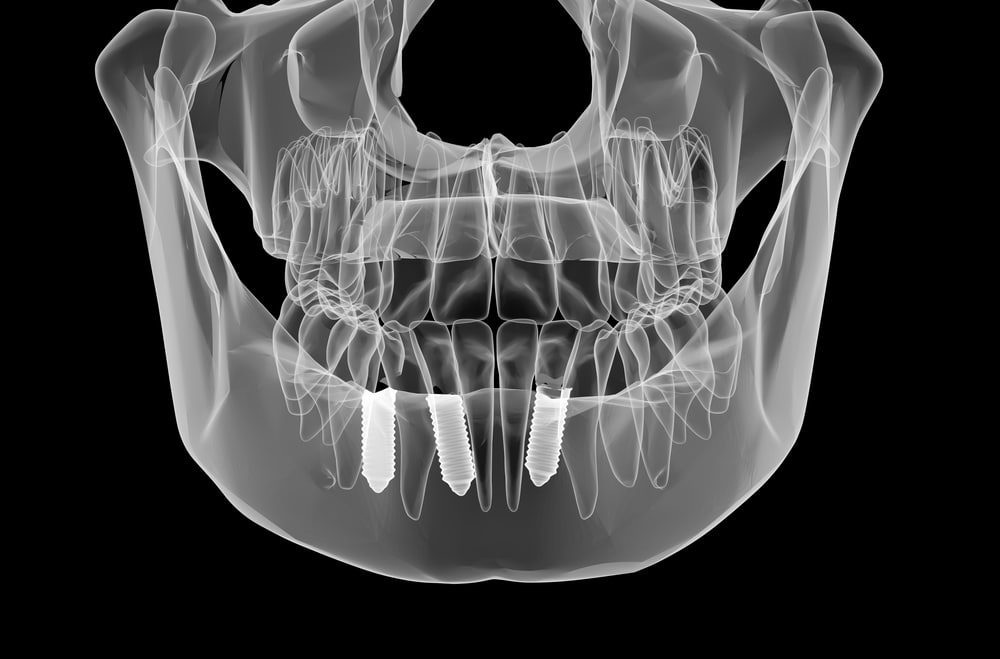Downtown Dental Excellence offers Dental Bone Grafting in Cleveland, TX
If a tooth or teeth are missing and are not replaced soon, the risk of the jawbone deteriorating rises. Eventually, the loss of bone in the jaw becomes inevitable if the issue is not handled. This doesn’t mean the jawbone absolutely cannot be restored, though. You may have the option to replace the bone tissue in the jaw in order to place a more permanent tooth replacement option. This is done by performing a dental bone graft.
What Is a Dental Bone Graft?
A dental bone graft is a procedure that involves the placement of bone or a synthetic material to encourage the bone tissue in an area where the bone is lost to grow. While a synthetic material may be the right option for your needs, there is also sometimes the option of using the bone of a donor, or even an animal. If either of these are used, they are properly disinfected before being placed during the dental bone graft.

Why Would I Need a Dental Bone Graft?
A dental bone graft can not only restore the jawbone, but it can also help to keep the jawbone strong until a replacement can be placed. Most often, a dental bone graft is used for the placement of a dental implant. Whether it is a single tooth or multiple teeth, the integrity of the jawbone is key for most forms of dental implants.
Do Bone Grafts Always Work?
While dental bone grafts are an excellent solution for patients that don’t have enough bone tissue to perform a dental implant procedure, it is important to note that dental bone grafts aren’t guaranteed to take. There are times when the dental bone graft becomes infected, causes pain or even fails. While a dentist will do everything they can to ensure the success of the dental bone graft, some grafts simply won’t take. When this is the case, other options will need to be considered.
Call Downtown Dental Excellence Today! (281) 592-0597
Different Types of Dental Bone Grafts
While the basics of dental bone graft procedures are the same, there are actually different types of dental bone grafts that are the right choice for the needs of different patients. The three main dental bone grafts are:
Socket Grafting
Socket grafting is a popular dental bone graft procedure, as it allows a patient to maintain the structure of their jawbone after a tooth extraction. Socket grafting involves the placement of grafting material after an extraction that allows for continued bone growth and strength. After a few months, the jawbone should be fully restored, allowing for the placement of an implant.
Bone Substitute
Bone substitute is used when there is bone loss that needs to be repaired. This procedure involves the placement of grafting material that is then covered with a membrane and allowed to heal. This also encourages bone growth. Once the bone is strong enough, an implant can be placed.
Blocks
There are times when the bone loss has become more severe, and more material needs to be used. Dental bone grafting blocks can be used when large chunks of bone tissue are lost. This procedure involves the installation of a block of grafting material that is placed with titanium screws. After around 4-5 months of recovery, the screws can be removed and the dental implant can be placed.
Ultimately, the best dental bone graft for your particular needs is a decision that your dentist will make.
